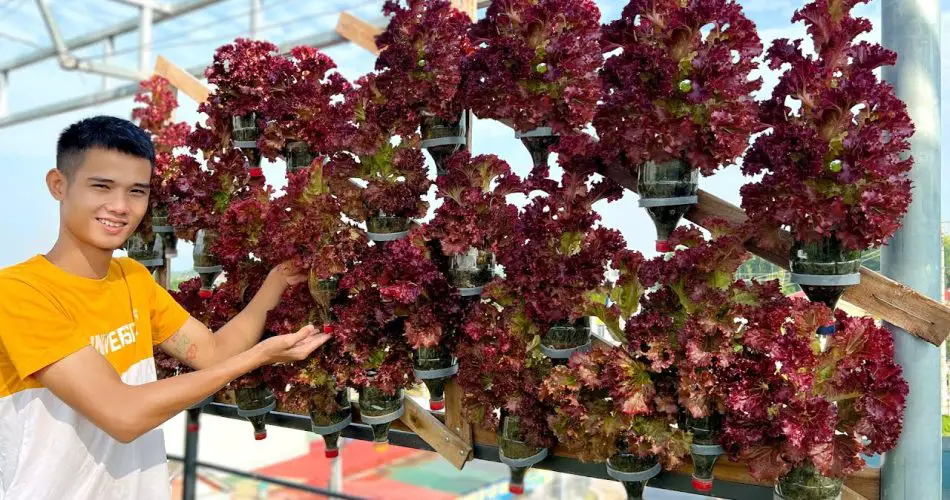As of my last knowledge update in January 2022, there isn’t a specific protein that is commonly known for directly promoting the fast growth of lettuce. The growth of lettuce is influenced by various factors, including environmental conditions, soil quality, nutrients, and proper care.
However, there are some general tips and practices that can contribute to fast and healthy lettuce growth:
- Nitrogen-Rich Soil:
- Lettuce, like many leafy greens, benefits from nitrogen-rich soil. Nitrogen is a crucial component of chlorophyll, the green pigment responsible for photosynthesis. Incorporating well-rotted compost or using a balanced fertilizer with a higher nitrogen content can support lettuce growth.
- Adequate Watering:
- Lettuce prefers consistently moist soil. Keep the soil evenly moist, but avoid waterlogged conditions, as this can lead to root diseases. Mulching around the plants helps retain soil moisture.
- Cool Temperatures:
- Lettuce is a cool-season crop and tends to grow best in cooler temperatures. In warmer climates, consider planting lettuce in partial shade or providing some shade during the hottest part of the day.
- Proper Spacing:
- Plant lettuce with adequate spacing to allow for good air circulation. Crowded plants can be more susceptible to diseases, and proper spacing promotes optimal growth.
- Regular Harvesting:
- Harvesting outer leaves regularly encourages the plant to produce new leaves, promoting a continuous harvest. Be sure not to harvest more than one-third of the plant at a time to allow for ongoing growth.
- Variety Selection:
- Some lettuce varieties are known for faster growth. Consider choosing varieties labeled as “cut-and-come-again” or those specifically bred for quick growth.
It’s possible that new information or techniques have emerged since my last update. If there have been advancements in understanding lettuce growth or if there are specific proteins now known to accelerate lettuce growth, I recommend checking recent horticultural publications, agricultural research, or reliable gardening sources for the latest information.
As always, it’s essential to consider the specific needs of the plants, including soil quality, sunlight, and water requirements, to promote healthy and vigorous growth.



